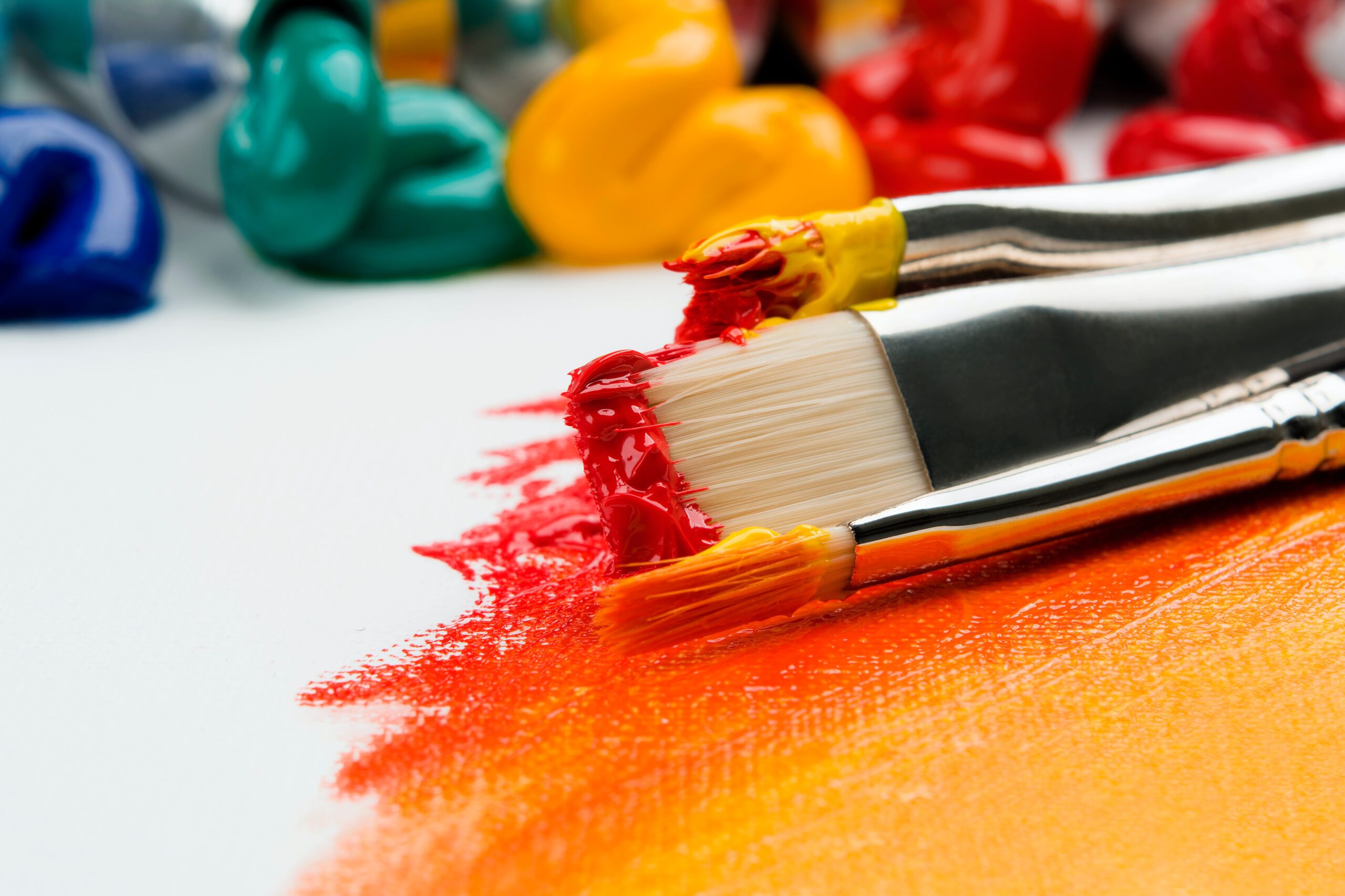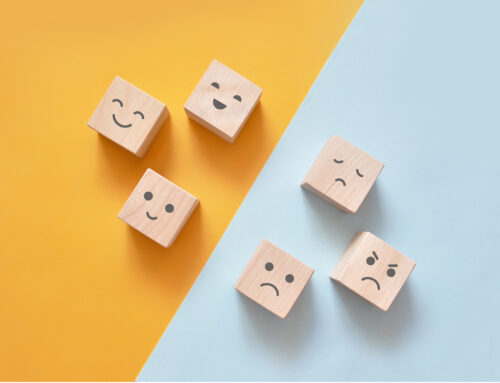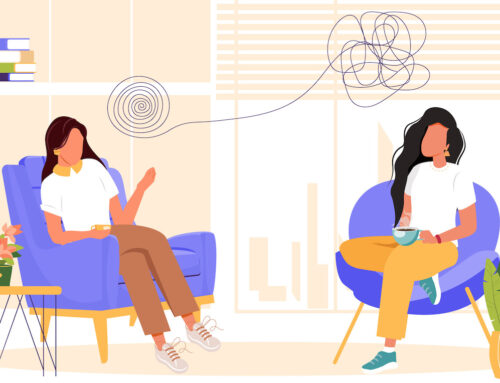By: Samantha Congdon, LMFT
Have you ever been stuck in a moment, unable to find the words to express how you feel? There are times in our life when we are unable to voice what we are going through; maybe you’re a child and do not have the developed language to express yourself, or maybe you are older, but struggle to voice your innermost thoughts due to any combination of feelings, be it fear, shame, etc.
“Art therapy is a therapeutic technique rooted in the idea that creative expression can foster healing and mental well-being,” (How Art Therapy Is Used to Help People Heal, by Kendra Cherry). Art therapy uses nonverbal creative techniques, such as drawing, painting, collage, coloring, and sculpting, to help people express their feelings, thoughts, and emotions artistically. Guidance of an art therapist can help when examining the psychological and emotional undertones in one’s art, such as nonverbal messages, metaphors, and symbols. Exploring these undertones tends to lead to a better understanding of oneself, feelings and behaviors.
Psychology Today states that art therapy helps children, adolescents, and adults explore their emotions, improve self-esteem, manage addictions, relieve stress, improve symptoms of anxiety and depression, and cope with a physical illness or disability. The beauty of art therapy is no artistic talent is needed to have a successful outcome, one just needs to be open to self-expression through art. Art therapists work with all different ages, in different dynamics, such as individuals, couples, and/or groups in a variety of settings; including hospitals, wellness centers, correctional institutions, senior centers, and other community organizations. Art therapists are even branching out into the virtual world, providing art therapy using Online Therapy Videoconferencing, all one needs is paper, pencils and some coloring utensils.
As a result, art therapy is a great way to express one’s emotions without words. Art therapy provides an opportunity to process complex feelings and find relief for all ages in a variety of demographics. Whether you are in the process of creating art in a session with a therapist or viewing others’ artwork in a studio; art of all kinds is used to help people explore their emotions, help develop self-awareness, and cope with stress (rtor.org).
Resources: https://www.psychologytoday.com/us/therapy-types/art-therapy https://www.verywellmind.com/what-is-art-therapy-2795755 https://www.rtor.org/2018/07/10/benefits-of-art-therapy/






